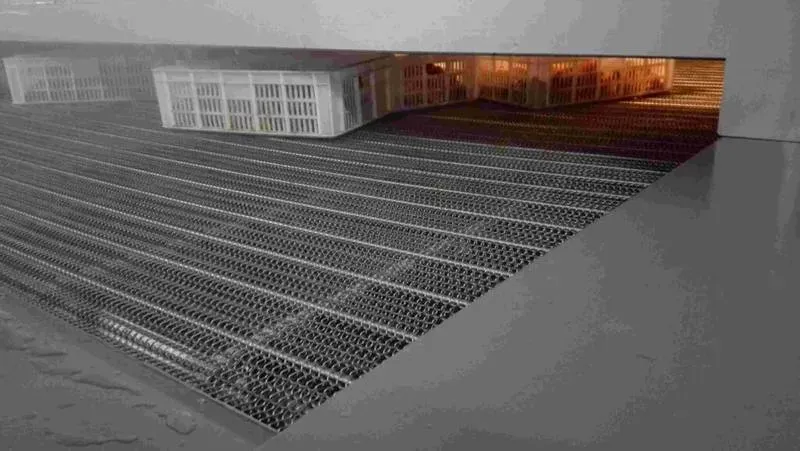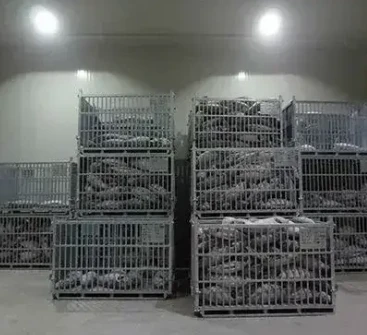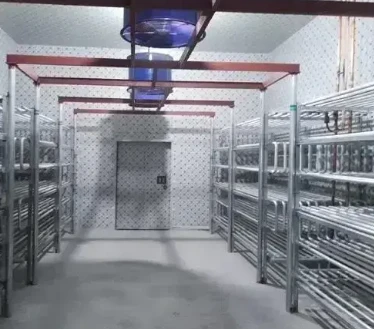chilled water chiller
Understanding Chilled Water Chillers An Essential Component of Modern HVAC Systems
In today’s world, where temperature control is paramount for both comfort and efficiency, chilled water chillers have emerged as a pivotal technology in heating, ventilation, and air conditioning (HVAC) systems. These systems are employed in a wide range of applications—from commercial buildings to industrial processes—and are crucial for maintaining a comfortable environment in offices, schools, hospitals, and more.
What is a Chilled Water Chiller?
A chilled water chiller is a mechanical device that removes heat from water via a vapor-compression or absorption refrigeration cycle. The chilled water is then circulated through a network of pipes to air handling units or fan coil units, which ultimately provides cooling to indoor spaces. By transferring heat away from water, chillers effectively lower the temperature of the water, creating a reliable cooling solution.
Types of Chilled Water Chillers
There are primarily two types of chilled water chillers air-cooled and water-cooled.
1. Air-Cooled Chillers These chillers release heat to the atmosphere using fans and are ideal for applications where water is scarce or where the cost of water is a concern. They are often easier and less expensive to install, making them suitable for smaller commercial buildings or facilities.
2. Water-Cooled Chillers These systems utilize water from cooling towers to reject heat. They are typically more energy-efficient than air-cooled systems and are commonly used in larger facilities where cooling needs are substantial. Water-cooled chillers generally have a longer lifespan and better performance in extreme conditions.
Components of a Chilled Water Chiller
A chiller consists of several key components that work together to provide efficient cooling
- Compressor This is the heart of the chiller that circulates the refrigerant through the system. It compresses the refrigerant gas, increasing its pressure and temperature.
chilled water chiller

- Evaporator Here, the refrigerant absorbs heat from the chilled water, causing the refrigerant to evaporate and cool the water in the process.
- Condenser In this component, the refrigerant releases the absorbed heat, turning from gas back into a liquid state. Depending on the type of chiller, the condenser may use air or water for heat exchange.
- Expansion Valve This device lowers the pressure of the refrigerant before it enters the evaporator, allowing it to absorb heat more effectively.
Efficiency and Environmental Considerations
Energy efficiency is a significant concern for any HVAC system, especially in times of rising energy costs and environmental awareness. Chillers are rated based on their coefficient of performance (COP) and energy efficiency ratio (EER). Higher ratings indicate more efficient chiller operation, which can lead to substantial cost savings over time.
In recent years, there has been a push towards sustainable refrigeration technologies, and many manufacturers are now producing chillers that utilize eco-friendly refrigerants with low global warming potential. Additionally, advanced control systems have been developed to optimize chiller operation, minimizing energy consumption while maximizing cooling output.
Applications of Chilled Water Chillers
Chilled water chillers are used in a variety of settings. In commercial buildings, they are essential for air conditioning systems, ensuring a comfortable environment for occupants. In industrial applications, they are used in processes requiring precise temperature controls, such as semiconductor manufacturing, food processing, and pharmaceuticals.
Conclusion
Chilled water chillers play a vital role in modern HVAC development and energy management. Their ability to provide reliable and efficient cooling makes them indispensable for ensuring comfort and productivity in various environments. With ongoing advancements in technology and a growing focus on sustainability, the future of chilled water chillers looks promising, paving the way for even more efficient and environmentally-friendly solutions in temperature control. As we continue to innovate and adapt, chilled water chillers will remain at the forefront of our efforts to efficiently manage heat and comfort in built environments.
-
Transform Operations with Vacuum Freezer MachineNewsMay.14,2025
-
Enhance Business with Cold Room TechnologyNewsMay.14,2025
-
Vacuum Freezer Machine for Modern NeedsNewsMay.09,2025
-
Discover Our Comprehensive Cold Room SolutionsNewsMay.09,2025
-
Cold Room Solutions for Your BusinessNewsMay.08,2025
-
Advanced Vacuum Freezer MachineNewsMay.08,2025
















































































































